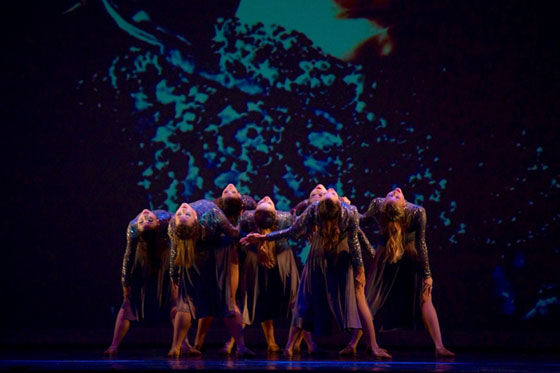LUPD introduces body cameras
- Morgan Collier

- Oct 15, 2015
- 2 min read
Updated: Jun 4, 2018

The Lamar University Police Department has recently introduced body cameras for its officers in order to enhance on-campus safety.
Cpl. Jarrod Samford said the cameras will help both the police and the public because they will show all of an encounter, not just the end.
“It works both ways – like two sides of a coin,” he said. “Being recorded keeps fingers from being pointed. And that this is good for everyone.”
The 10 VieVu LE3 body-worn cameras are already in use across campus, recording both the actions of the wearer and those in its field of view.
Samford said he believes all LUPD officers are professional and fair, and the cameras will help protect the officers’ reputations.
at $899 each, and all officers are equipped with the cameras.
“I think this is a great tool for the PD and the community,” he said. “It is first-person video which helps to eliminate the ‘he said/she said.’”
A digital signature process is used to verify that the video has not been altered, and security software prevents unauthorized access to the camera’s contents should it be lost or stolen.
“We have good officers who do good things, but sometimes we have to get into a physical confrontation where there is a use of force to get to the objective,” Samford said. “The objective is to stop the threat.”
Turning on the cameras is as simple as sliding the front cover down, and each officer must remember to turn the device on at the beginning of a call or situation, Samford said.
“This is a new technology that we have to get accustomed to,” he said. “Eventually, it will be as automatic as turning on the emergency lights on a traffic stop.”

The new cameras capture a 68-degree field of view, very nearly matching the officer’s focus, without distorting distances as a “fisheye” view does.
Samford said the cameras have a five-hour internal battery and have the capacity to store up to 12 hours of HD video.
“The cameras are numbered and logged out to officers at the beginning of each shift,” he said. “Supervisors of the shift collect the cameras and plug them back into the chargers at the end of the shift. The data on the cameras are uploaded through an encrypted process each day.”
With the cameras in place, Samford said that students should not expect a decrease in warnings, resulting in more tickets given.
“We have had cameras in our patrol vehicles for years now,” he said. “I don’t believe the body cameras will have any effect on the volume of citations.”
Though the LUPD works closely with the Beaumont Police Department, Samford does not know if and when they will adopt this technology.
“Body cameras will eventually be standard in every department,” he said. “LUPD is just setting the standard early.”
Article published to University Press.



Comments